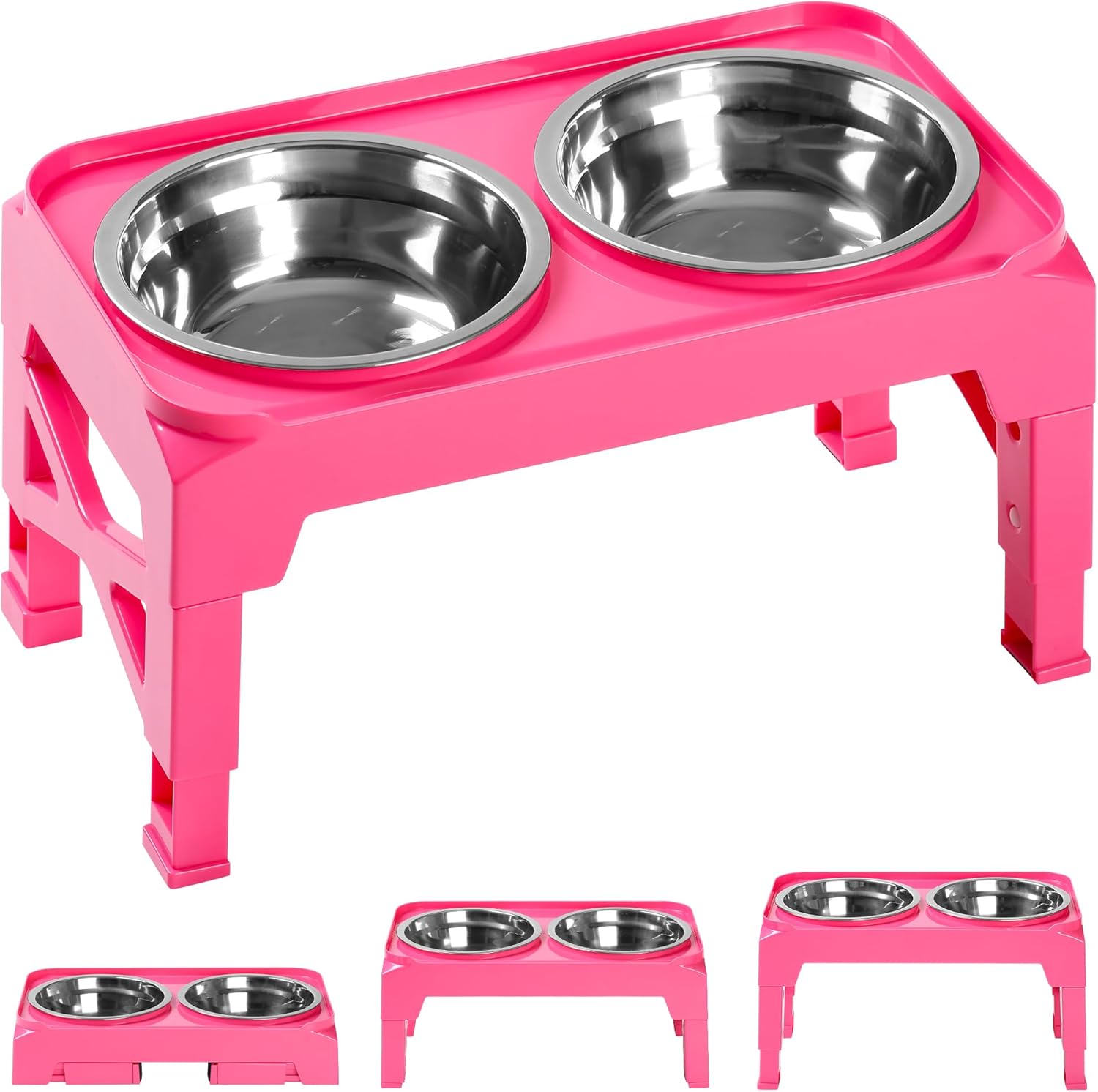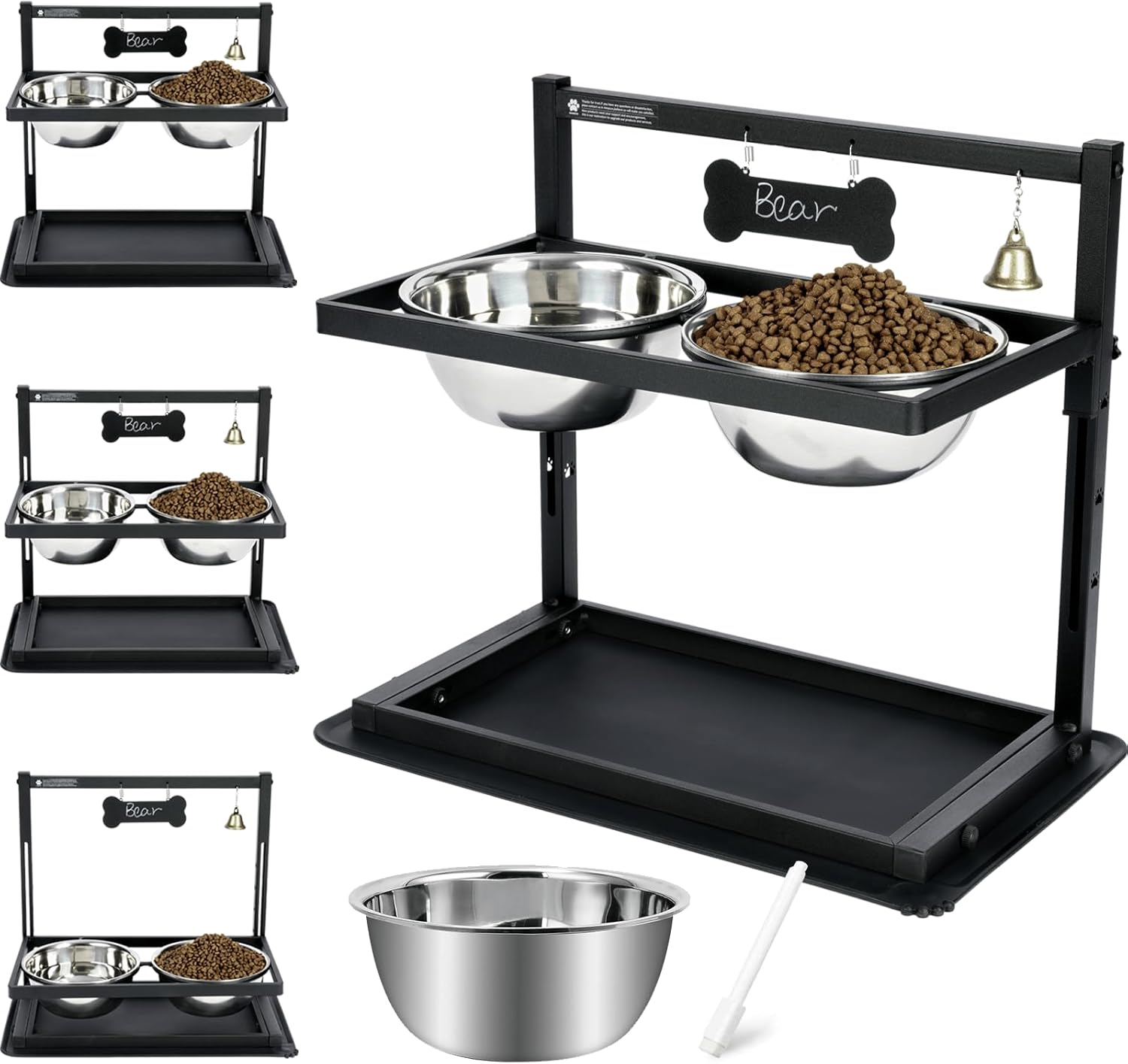Entropion in Dogs: Causes, Symptoms, and Treatment
Introduction
Entropion is a painful eye condition in dogs where the eyelids roll inward, causing the eyelashes to rub against the cornea. This can lead to irritation, inflammation, and damage to the eye, potentially resulting in vision loss if left untreated. Understanding the causes, recognizing the symptoms, and seeking proper treatment are essential in helping your dog maintain healthy eyes and comfort.
What Is Entropion in Dogs?
Entropion occurs when the eyelids, typically the lower lid, curl inward toward the eye. This causes the eyelashes to come into contact with the surface of the eye (cornea), leading to irritation and potential damage. The rubbing of the eyelashes can cause redness, discomfort, and even corneal ulcers if the condition persists.
In severe cases, the constant irritation can lead to vision problems or permanent damage to the eye’s surface. If untreated, entropion can result in chronic eye infections, scarring, and even blindness.
Entropion can affect one or both eyes and may occur in puppies or adult dogs. It is most commonly seen in certain breeds but can develop at any age.
Causes of Entropion in Dogs
Entropion can be caused by a variety of factors, including genetic predisposition, injury, or other health conditions:
1. Genetic Predisposition
- Many dog breeds are genetically predisposed to entropion. This is particularly common in breeds with loose, wrinkled skin around the face. Breeds like the Shar Pei, English Bulldog, Cocker Spaniel, and Chow Chow are more prone to developing the condition. In these breeds, the excess skin can lead to an inward rolling of the eyelids.
2. Congenital Entropion
- Some puppies are born with entropion, a condition known as congenital entropion. The eyelids may develop abnormally, causing them to roll inward. This is typically seen in certain breeds that are genetically predisposed, but it can occur in any breed.
3. Trauma or Injury
- An injury to the eyelid or eye can cause scarring or tissue changes that result in the eyelid rolling inward. Trauma, such as a scratch, bite, or eye surgery, can disrupt the normal positioning of the eyelids and lead to entropion.
4. Secondary Entropion (Spastic Entropion)
- Secondary entropion, also called spastic entropion, occurs when eye irritation (such as from conjunctivitis or dry eye) causes the eyelids to roll inward as a protective response. This condition often resolves once the underlying irritation is treated, but it may develop into a permanent issue if the irritation continues.
5. Age-Related Changes
- In some older dogs, the skin around the eyes may lose elasticity and sag, causing the eyelids to roll inward. Age-related changes can make entropion more likely in senior dogs, especially those with prominent eyes.
Symptoms of Entropion in Dogs
The signs of entropion can vary in severity depending on the extent of the inward rolling of the eyelids. Common symptoms to look for include:
1. Red, Inflamed Eyes
- The most obvious sign of entropion is redness or inflammation of the eyes. The eyelids constantly rubbing against the cornea can cause irritation, resulting in swollen and red eyes.
2. Squinting or Excessive Blinking
- Dogs with entropion will often squint or blink excessively due to the discomfort caused by their eyelashes rubbing against the cornea. This is their way of trying to alleviate the irritation.
3. Excessive Tear Production
- To protect the eyes, the dog’s tear glands may overproduce tears, causing watery eyes. While this may temporarily lubricate the eye, it doesn’t address the underlying irritation caused by the eyelids.
4. Discharge or Mucus
- Along with excessive tearing, there may be a thick, mucus-like discharge around the eyes. This occurs due to constant eye irritation and is often a sign of an ongoing eye infection.
5. Pawing at the Eyes
- A dog with entropion may paw at their eyes or rub their face against furniture or the floor in an attempt to relieve the discomfort caused by the condition.
6. Cloudiness or Ulcers on the Cornea
- Over time, the constant rubbing of the eyelashes can cause damage to the cornea, leading to cloudiness or the development of corneal ulcers. This can result in more severe vision problems and requires immediate veterinary attention.
Diagnosis of Entropion in Dogs
If you notice any of the above symptoms in your dog, it’s essential to seek veterinary care as soon as possible. A veterinarian will perform a thorough eye examination, which may include the following:
1. Physical Eye Exam
- The vet will examine the dog’s eyelids to assess the inward rolling and the degree of irritation or damage to the cornea.
2. Fluorescein Staining
- Fluorescein dye may be applied to the dog’s eye to check for corneal ulcers or other damage caused by the constant irritation of the eyelashes.
3. Schirmer Tear Test
- This test measures tear production. It helps to determine whether there is enough tear production to protect the eyes and can identify issues like dry eye (which can contribute to or result from entropion).
4. Visual Examination of Eyelids
- The vet will also evaluate the skin around the dog’s eyes for any abnormalities, scarring, or signs of inflammation that may have caused or contributed to the entropion.
Treatment Options for Entropion in Dogs
Treatment for entropion depends on the severity of the condition, the dog’s age, and the underlying cause. In most cases, surgery is required to correct the inward rolling of the eyelids. Here are the common treatment options:
1. Surgical Correction
- The most effective treatment for entropion is surgical intervention. The goal of surgery is to tighten the eyelid and correct the inward rolling. There are various techniques depending on the dog’s age, breed, and the severity of the condition. The surgery typically involves removing a small portion of skin and suturing the eyelid to the correct position.
- Puppieswith congenital entropion may require a different approach, sometimes involving temporary tacking sutures until they are old enough for a more permanent surgical correction.
2. Medical Management (For Secondary or Mild Cases)
-
In cases where the entropion is mild or caused by an underlying condition (like eye irritation or infection), medical management may be recommended. This may include:
- Topical antibioticsto treat infections.
- Lubricating eye drops or ointmentsto soothe irritation and protect the cornea.
- Anti-inflammatory medicationsto reduce swelling and inflammation in the affected eye.
- These treatments may provide temporary relief but are not a permanent solution to the condition. Surgery is often necessary to resolve the issue fully.
3. Pain Management
- Dogs with entropion often experience significant discomfort, so pain management is an important aspect of treatment. Your vet may recommend pain-relieving medications to help manage any discomfort your dog may experience during the healing process.
Preventing Entropion in Dogs
Since entropion is often hereditary, preventing the condition can be challenging. However, there are steps you can take to minimize the risk:
- Choose Breeders Carefully: If you are considering getting a dog from a breeder, ensure they are reputable and follow ethical breeding practices to reduce the risk of inherited conditions like entropion.
- Early Diagnosis: If you own a breed prone to entropion, regular eye checkups can help detect the condition early, especially in puppies.
- Protection from Trauma: Avoid situations where your dog’s eyes could become injured, and be mindful of potential hazards like branches, dust, or debris.
Conclusion
Entropion in dogs can be a painful and uncomfortable condition, but with early detection and proper treatment, most dogs can recover and live comfortably. If you notice any signs of entropion in your dog, such as squinting, excessive tearing, or eye discharge, consult your veterinarian promptly. Surgical correction is typically the most effective treatment, and in many cases, dogs can return to normal after healing. Protecting your dog’s eye health and addressing any issues early on is key to ensuring a long, comfortable life for your furry companion.
Affiliate Products



